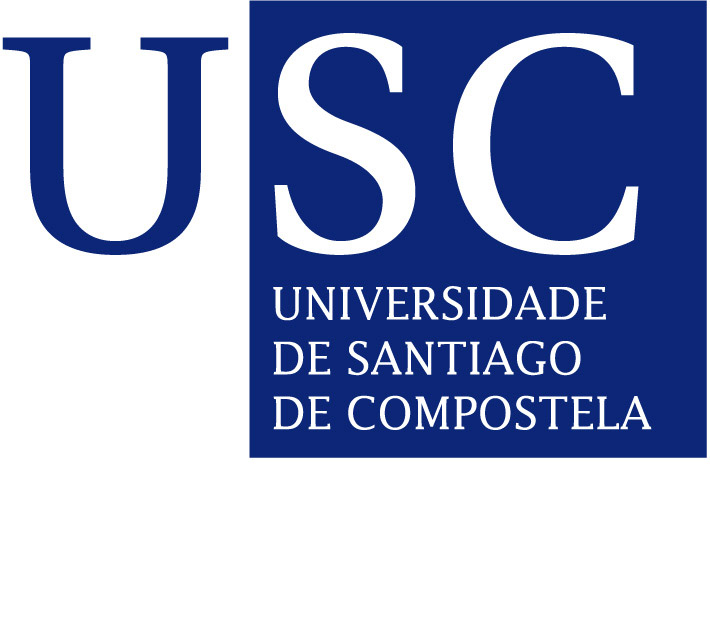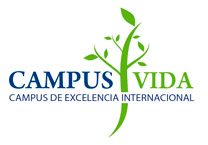Lecture: 'Decoration and Catalysis Development of Nano-Materials'

Matías Blanco Fernández
CiQUS Seminar room
16:00
Materials Sciences are now living a fascinating scientific boom towards the research and development of nanomaterials, compressing, for example, Carbon NanoTubes (CNTs), graphene derivatives and/or 2D – Transition Metal DiChalcogenides (TMDCs). Their outstanding known (and yet to discover) properties due to the dimensionality confinement1 make these families of materials promising candidates for a wide gamut of potential applications, which are believed to provide solutions to the current society requirements. Nevertheless, Chemists usually get stuck on solving the catalytic issues since the bunch of reactions that those materials are able to catalyse by their own is extremely narrow. However, chemical tools and strategies have been developed to decorate them2 with the aim of providing a new active site in the pristine material, paving the way to catalyse an eventual chemical transformation. In addition, this chemical decoration can also enhance by synergistic effects the existing catalytic nature of the pristine nanomaterial or pristine modifier.
In this talk, I will discuss three different decoration strategies of three different families of nanomaterials: The covalent decoration, the non-covalent functionalization and the nanoparticle growth. In particular, I will show how the surface oxygen chemistry of carbon nanomaterials is remarkably useful to covalently modify CNTs and graphene derivatives with organometallic catalysts,3 yielding active materials in reactions that are impossible to be catalysed by the pristine ones. I will comment how this oxygen chemistry permits the control on the deposition of active metallic nanoparticles in the surface of graphene derivatives.4 I will also present the non-covalent functionalization of CNTs by mechanical interlocking, which allosterically affects the catalytic activity of the pristine tubes in redox reactions.5 Finally, I will introduce the covalent grafting of TMDCs with porphyrin architectures employing the controversial thiol conjugation chemistry;6 the heterojunction formed and the chemical properties of the anchored macrocycle strongly influences the observed electrocatalytic Hydrogen Evolution Reaction performance of the pristine MoSe2.


